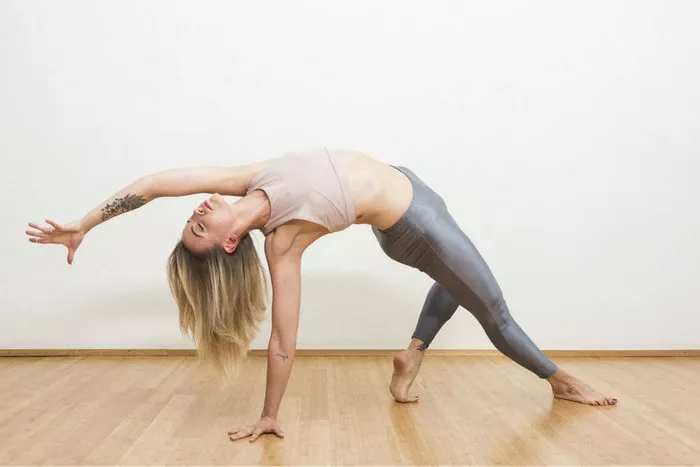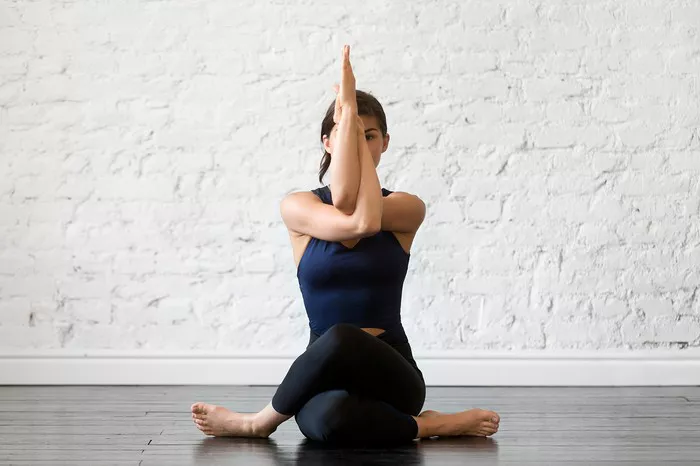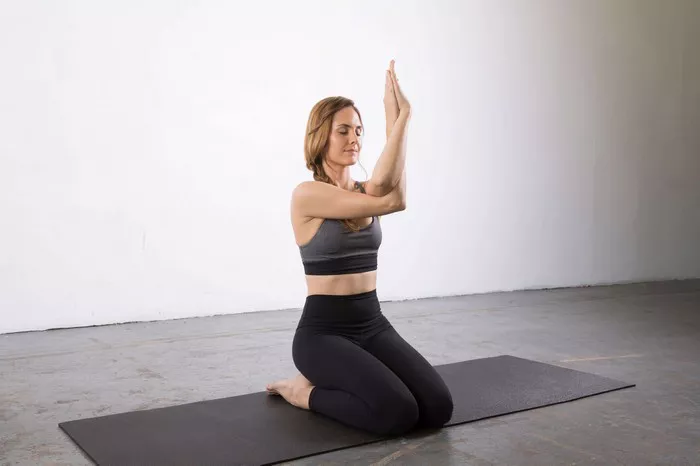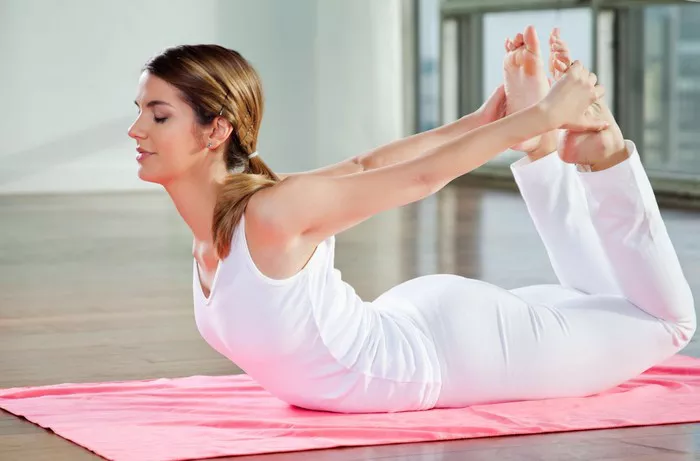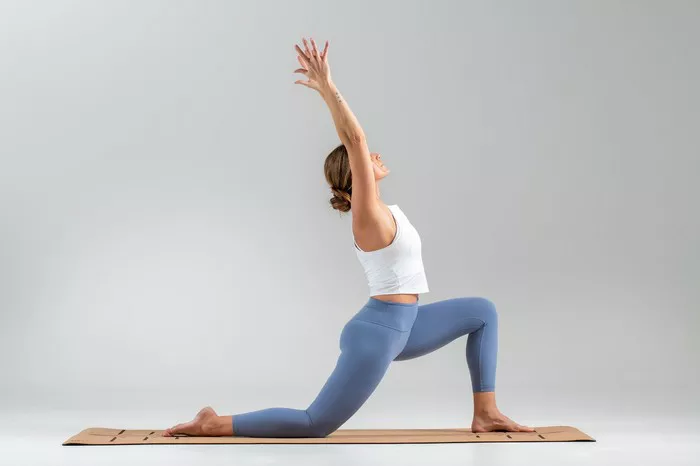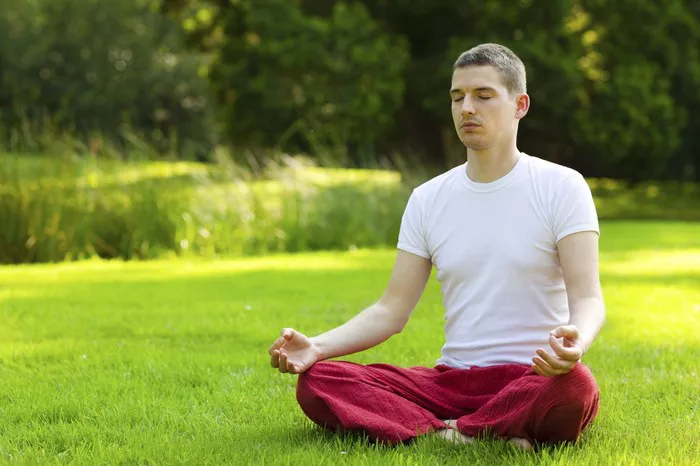Kapalabhati Pranayama, also known as the “Breath of Fire,” is a dynamic breathing technique that holds a significant place in the realm of yoga. This practice, which integrates breath control and rhythm, has been celebrated for its numerous physical and mental health benefits. Here is an in-depth exploration of Kapalabhati Pranayama, covering its origins, benefits, step-by-step instructions, variations, scientific research, and necessary precautions.
Origins and Significance
Kapalabhati Pranayama originates from the ancient practices of Hatha Yoga, one of the oldest forms of yoga that dates back to at least the 15th century. The term “Kapalabhati” is derived from two Sanskrit words: “kapala,” meaning “skull” or “forehead,” and “bhati,” which translates to “shining” or “illuminating.” Thus, Kapalabhati is often interpreted as “skull shining breath,” symbolizing the clarity and brightness of the mind achieved through this practice.
This pranayama technique is a part of the six cleansing practices known as “Shatkarma” in Hatha Yoga. These cleansing techniques are designed to purify the body and mind, preparing the practitioner for deeper meditation and advanced yogic practices. Kapalabhati, in particular, is revered for its ability to detoxify the lungs, invigorate the respiratory system, and energize the entire body.
Benefits
The benefits of Kapalabhati Pranayama are both profound and multifaceted, impacting physical, mental, and spiritual well-being.
1. Detoxification: The rapid, forceful exhalations in Kapalabhati help expel toxins and carbon dioxide from the lungs, enhancing respiratory efficiency.
2. Enhanced Lung Capacity: Regular practice strengthens the diaphragm and intercostal muscles, increasing lung capacity and improving overall breathing.
3. Improved Circulation: The vigorous breathing stimulates blood flow, aiding in the delivery of oxygen and nutrients to cells throughout the body.
4. Digestive Health: The abdominal contractions during exhalation massage internal organs, promoting healthy digestion and alleviating issues like constipation and bloating.
5. Mental Clarity: Kapalabhati clears mental fog, enhancing focus, concentration, and cognitive function.
6. Stress Reduction: The rhythmic breathing pattern helps activate the parasympathetic nervous system, reducing stress and promoting a state of calm.
7. Weight Management: The practice boosts metabolic rate and can aid in weight management by enhancing digestive fire (Agni).
Step-by-Step Instructions
Kapalabhati Pranayama involves a series of forceful exhalations followed by passive inhalations. Here’s a step-by-step guide to performing this technique:
1. Preparation:
- Sit in a comfortable position with your spine erect. You can choose Sukhasana (Easy Pose), Padmasana (Lotus Pose), or Vajrasana (Thunderbolt Pose).
- Place your hands on your knees with palms facing upwards. You may use a mudra (hand gesture) like Gyan Mudra (thumb and index finger touching).
2. Initial Breathing:
- Take a few deep breaths to relax your body and mind. Inhale deeply through the nose and exhale completely through the mouth.
3. Exhalation Focus:
- Begin with a deep inhalation through the nose, filling your lungs with air.
- Contract your abdominal muscles sharply, forcing the air out through your nose in a quick, explosive exhalation. The inhalation will happen passively as the abdominal muscles relax.
- Focus on the exhalation, ensuring it is forceful and rapid, while the inhalation is automatic and passive.
4. Pace and Duration:
- Start with a slow pace, completing one exhalation per second. Gradually increase the speed as you become more comfortable.
- Begin with 30 exhalations per round, gradually increasing to 60 or 120 exhalations as your practice develops.
- After each round, take a few moments to breathe normally and observe the sensations in your body.
- End the practice with a few deep, calming breaths, and sit quietly for a few moments to absorb the effects of the pranayama.
Variations
Kapalabhati Pranayama has several variations that can be incorporated to target different aspects of physical and mental well-being.
1. Chandrabhedi Kapalabhati: This variation focuses on cooling the body and calming the mind. The forceful exhalations are done only through the left nostril, which is associated with the lunar energy in yogic tradition.
2. Surya Bhedi Kapalabhati: This variation emphasizes heating and energizing the body. The exhalations are done through the right nostril, which represents the solar energy.
3. Intermittent Kapalabhati: In this variation, the practitioner pauses briefly after every 10-15 exhalations to take a few normal breaths before resuming the practice. This can help beginners build stamina and control.
Scientific Research and Evidence
Scientific studies on Kapalabhati Pranayama provide evidence supporting its numerous health benefits. Research indicates that this practice can significantly improve respiratory function, cardiovascular health, and mental well-being.
1. Respiratory Health: Studies have shown that Kapalabhati Pranayama enhances lung function by increasing vital capacity, expiratory power, and respiratory endurance. This is particularly beneficial for individuals with respiratory conditions such as asthma and chronic bronchitis.
2. Cardiovascular Benefits: Regular practice of Kapalabhati has been linked to improved heart rate variability, indicating better autonomic control and reduced risk of cardiovascular diseases. The practice also helps in maintaining healthy blood pressure levels.
3. Mental Health: Research highlights the positive impact of Kapalabhati on mental health, including reduced anxiety and depression. The practice stimulates the production of neurotransmitters like serotonin and dopamine, which promote feelings of well-being and relaxation.
4. Metabolic and Weight Management: Kapalabhati Pranayama has been found to increase basal metabolic rate, aiding in weight management. The abdominal contractions during the practice stimulate digestive enzymes and promote efficient metabolism.
See Also: Bhastrika Pranayama (Bellows Breath)
Precautions and Contraindications
While Kapalabhati Pranayama offers numerous benefits, it is essential to practice it with caution, especially if you have specific health conditions.
1. Medical Conditions: Individuals with hypertension, heart disease, respiratory disorders, or recent abdominal surgery should consult a healthcare professional before practicing Kapalabhati. The forceful exhalations can exacerbate these conditions.
2. Pregnancy: Pregnant women should avoid Kapalabhati Pranayama due to the intense abdominal contractions involved.
3. Menstruation: Women should refrain from practicing Kapalabhati during menstruation as it can disrupt the natural menstrual flow and cause discomfort.
4. General Guidelines:
- Practice Kapalabhati on an empty stomach or at least 2-3 hours after a meal.
- Start with short sessions and gradually increase the duration as your stamina improves.
- If you experience dizziness, light-headedness, or any discomfort, stop the practice immediately and rest.
Conclusion
Kapalabhati Pranayama is a powerful breath control technique that offers a wide range of physical, mental, and spiritual benefits. Its origins in ancient Hatha Yoga underscore its significance as a purifying practice, while modern scientific research supports its efficacy in enhancing respiratory health, cardiovascular function, and mental clarity. By following the step-by-step instructions and being mindful of the precautions, practitioners can safely and effectively incorporate Kapalabhati into their daily routine, experiencing the profound benefits of this dynamic breath of fire.


